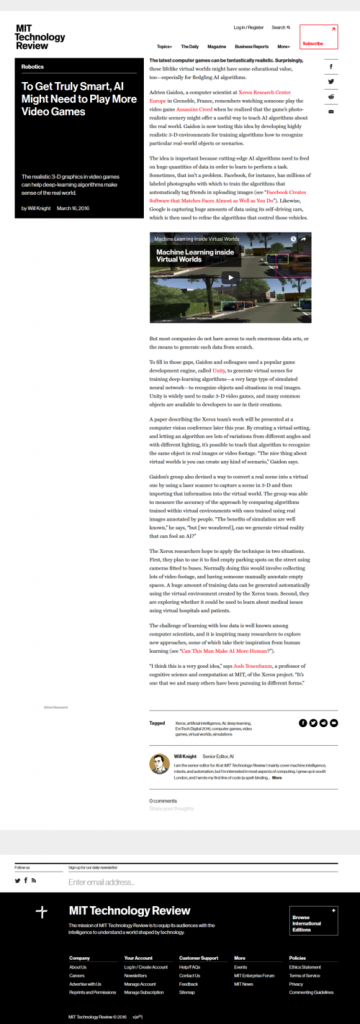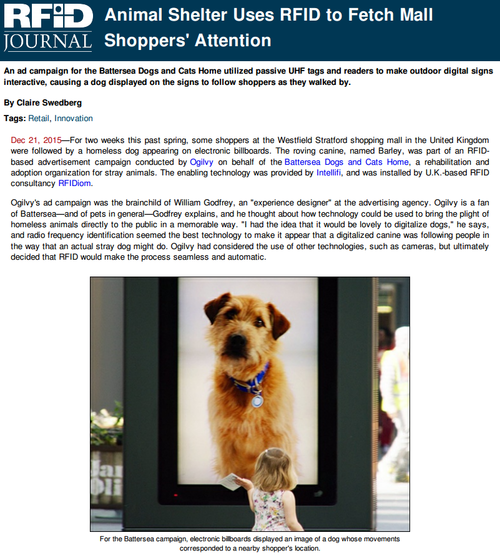Study: The Chilling Effect of Mass Surveillance with Social Media
“Research suggests that widespread awareness of mass surveillance could undermine democracy by making citizens fearful of voicing dissenting opinions in public. A paper published in Journalism and Mass Communication Quarterly, the flagship peer-reviewed journal of the Association for Education in Journalism and Mass Communication (AEJMC), found that “the government’s online surveillance programs may threaten the disclosure of minority views and contribute to the reinforcement of majority opinion.” The NSA’s “ability to surreptitiously monitor the online activities of U.S. citizens may make online opinion climates especially chilly” and “can contribute to the silencing of minority views that provide the bedrock of democratic discourse,” the researcher found.”

 “The latest computer games can be fantastically realistic. Surprisingly, these lifelike virtual worlds might have some educational value, too—especially for fledgling AI algorithms.
“The latest computer games can be fantastically realistic. Surprisingly, these lifelike virtual worlds might have some educational value, too—especially for fledgling AI algorithms. For two weeks this past spring, some shoppers at the Westfield Stratford shopping mall in the United Kingdom were followed by a homeless dog appearing on electronic billboards. The roving canine, named Barley, was part of an RFID-based advertisement campaign conducted by Ogilvy on behalf of the Battersea Dogs and Cats Home, a rehabilitation and adoption organization for stray animals. The enabling technology was provided by Intellifi, and was installed by U.K.-based RFID consultancy RFIDiom.
For two weeks this past spring, some shoppers at the Westfield Stratford shopping mall in the United Kingdom were followed by a homeless dog appearing on electronic billboards. The roving canine, named Barley, was part of an RFID-based advertisement campaign conducted by Ogilvy on behalf of the Battersea Dogs and Cats Home, a rehabilitation and adoption organization for stray animals. The enabling technology was provided by Intellifi, and was installed by U.K.-based RFID consultancy RFIDiom.